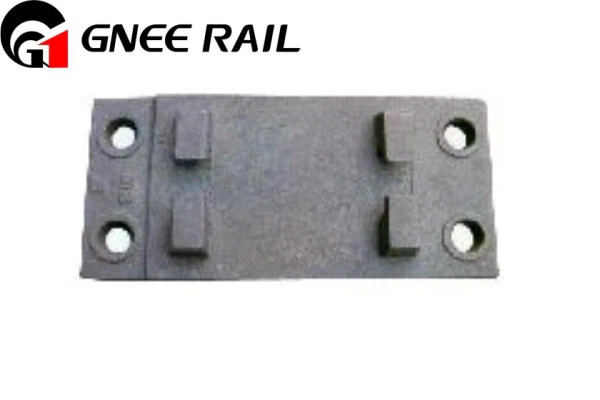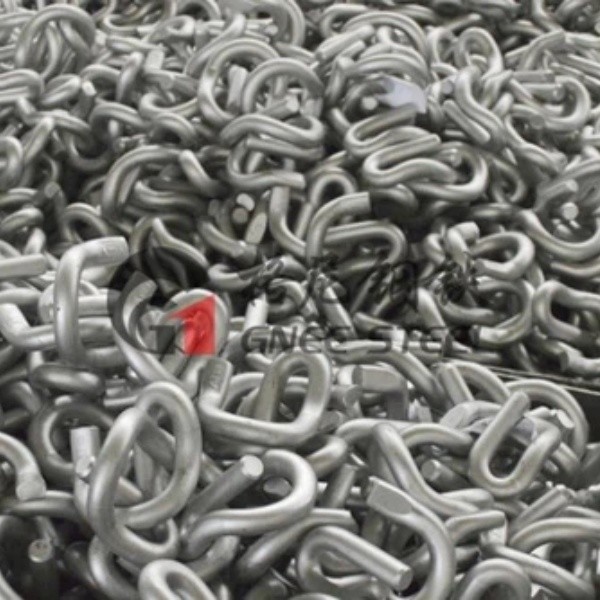Gauge tie rod is a kind of track material used to keep track in gauge by improving the lateral stability of the rail. It is a very important reinforcement accessory for railroad tracks. Gauge rods are most applied at weak points in straight track, curved track, switches, bad ties, etc. Placing under the parallel rails, it can grip the rails and prevent them from spreading or tilting. If the gauge rods are missing in weak sections of railway tracks, derailment accidents or even the overturn of trains may happen. Other track materials such as rail joint, rail clip, rail clamp, rail pad are available as well.

Material: Q235
Application: 30, 43, 50, 60, 75kg/m steel rail.
Rail Gauge: 600, 762, 900 and 1450.
Diameter: 20, 22, 24, 28, 32, 36 etc.
Specification: 20×870, 22×880, 22×1050, 24×1050, 24×1250, 28×1810, 28×1850, 32×1810, 32×1850, 36×1850
Features of Rail Gauge Tie Rod:
1. High Intensity
2. High Durability
3. Excellent Chemical Stability
4. Easy Operation
The Important Role of Rail Gauge Rod
As an important accessory for railroad tracks, rail gauge tie rod helps to improve the rails’ lateral stability and also the ability to keep rail distance. There are some railways that with track circuit, then it should use the insulated rail gauge rod which adopts high insulation resistance material to separate the circuit between two rails apart. Rail gauge may deviated if gauge tie rod is serious lacked, it may cause derailment or even overturned when the train passing by.

Made of two clamping devices at either end to fix railway tracks and a connected rod in the middle, a rail gauge rod fastens two parallel railways with certain gauge railway and prevents the rail from sliding.
For some weaker sections of rails, like in sharp curves, turnouts, bad ties and temporary track, rail gauge rods are quite necessary, they help to prevent the rail track from unbalanced longitudinal tension and keep regular rail gauges.













